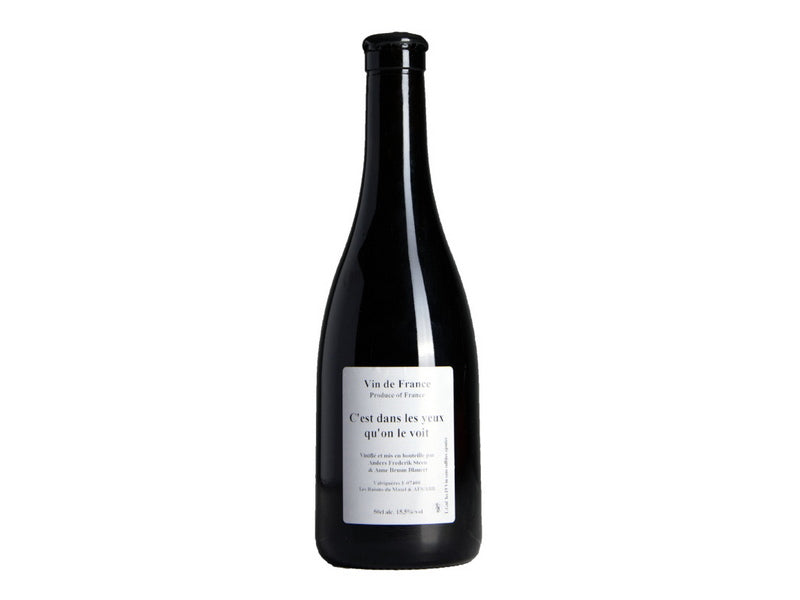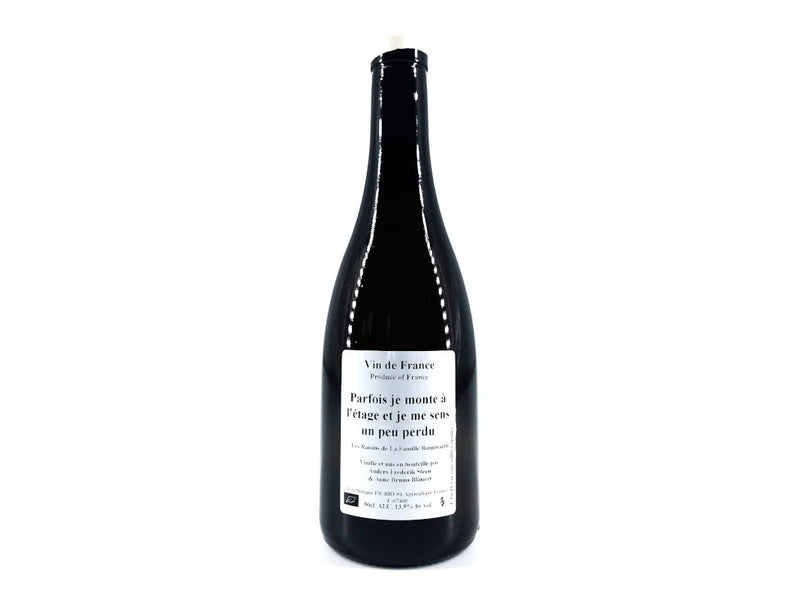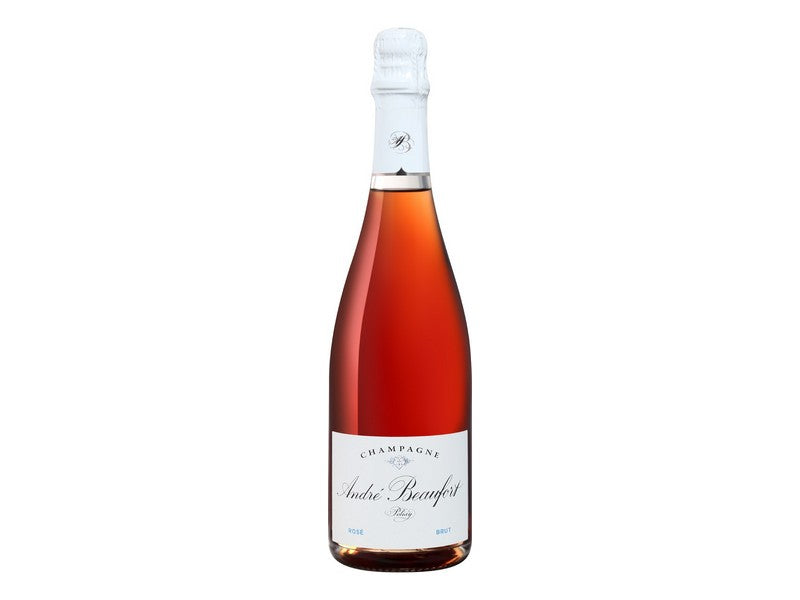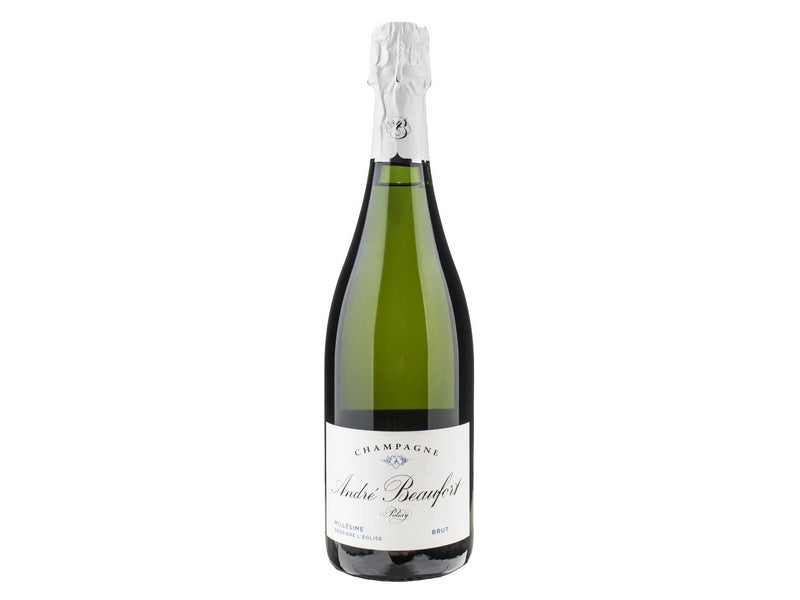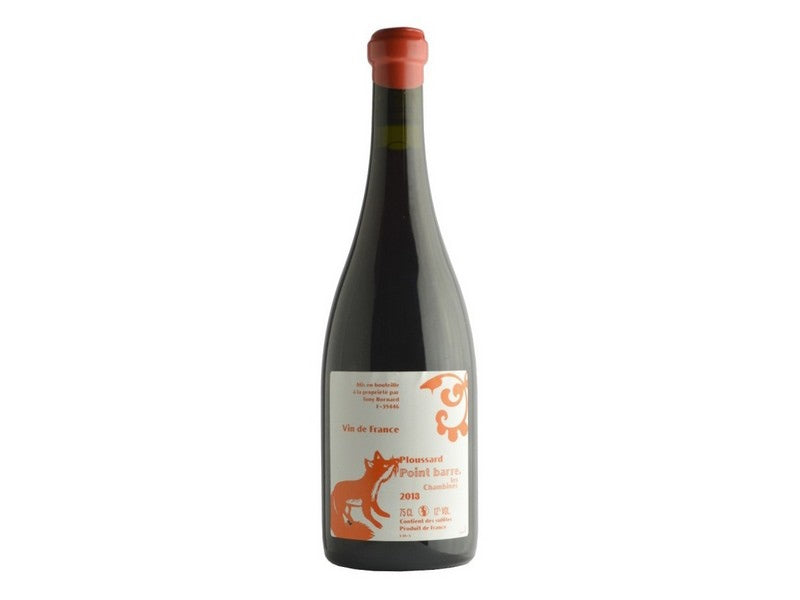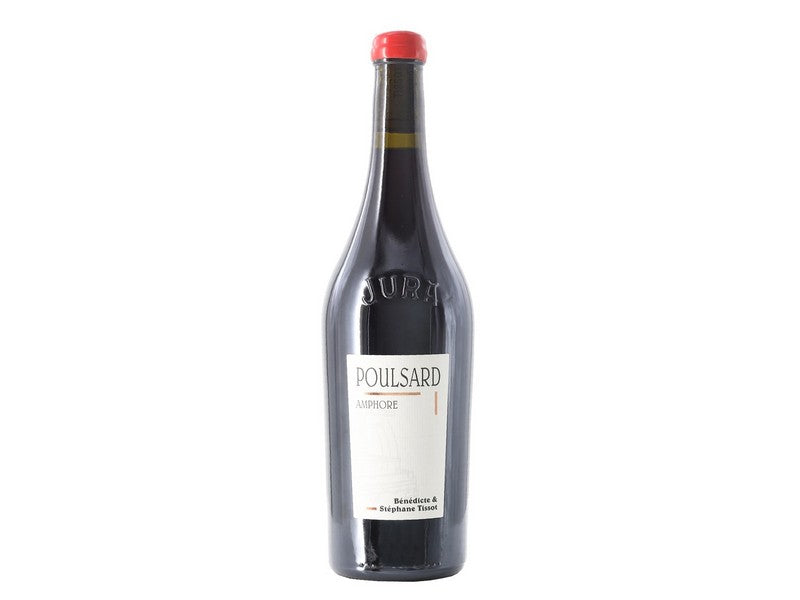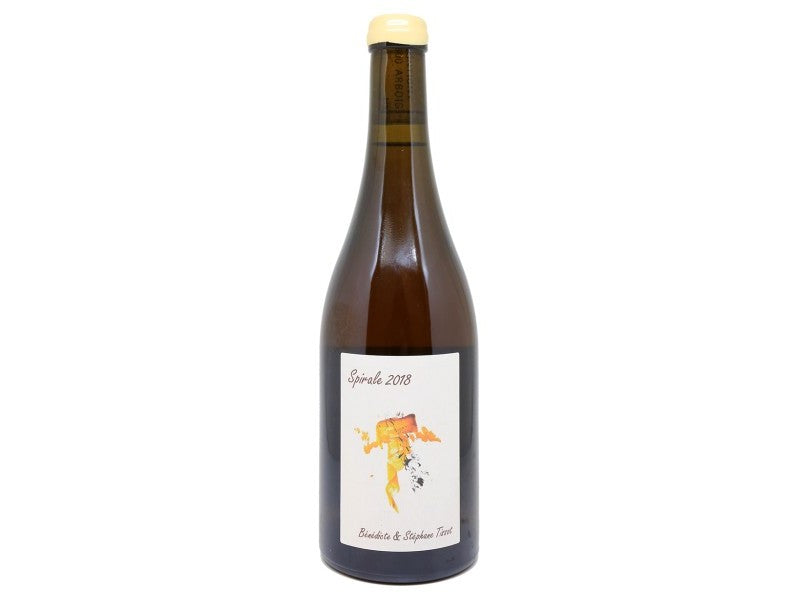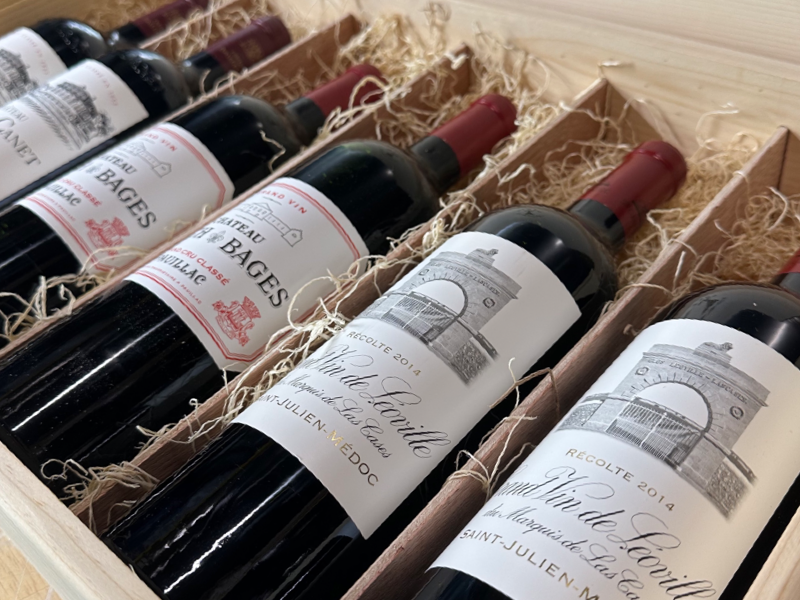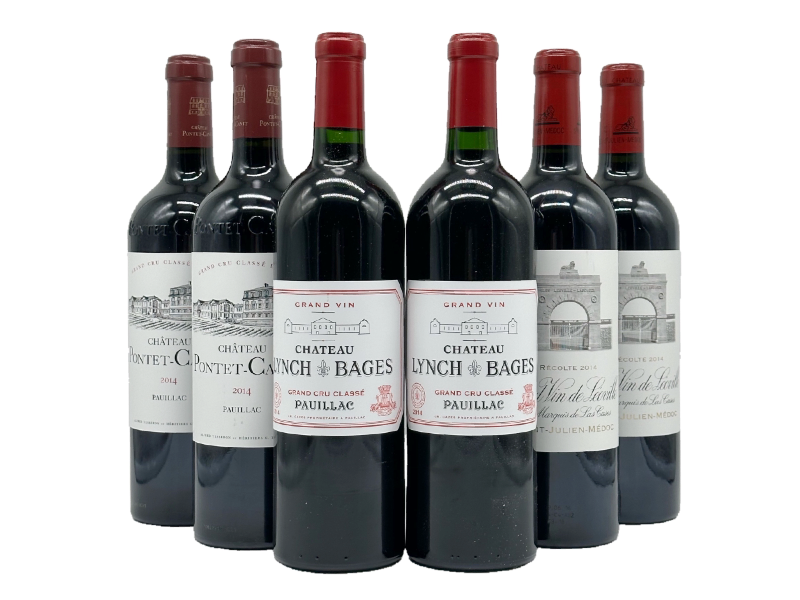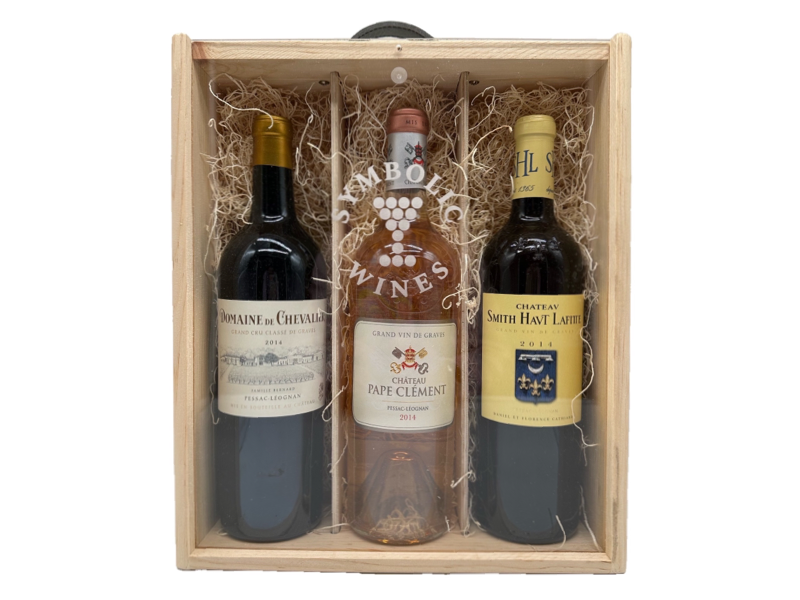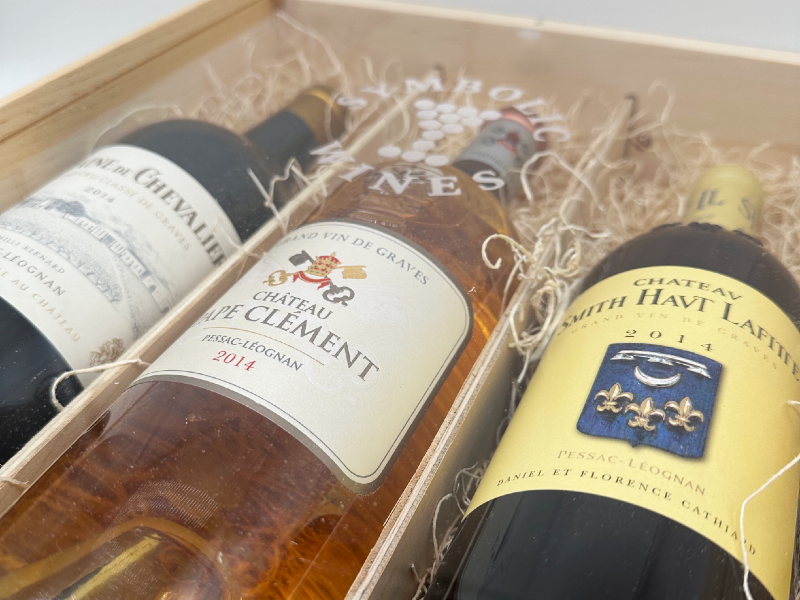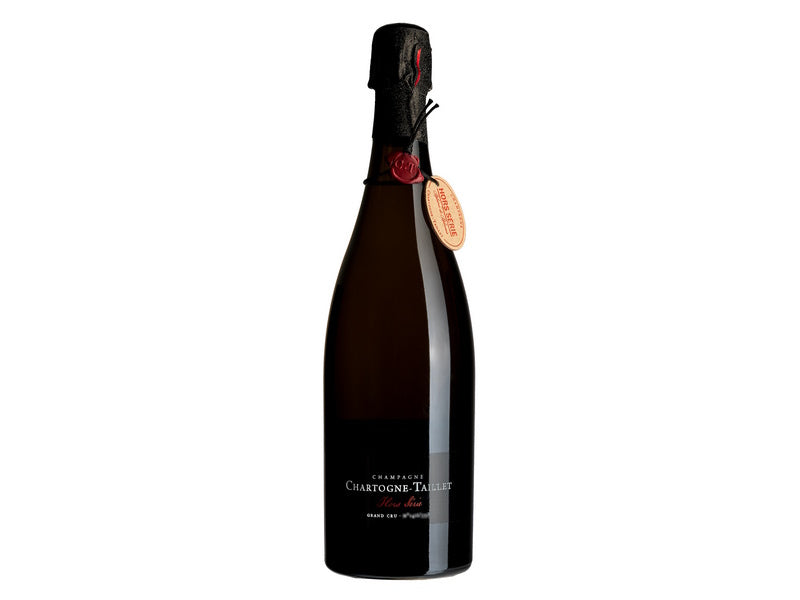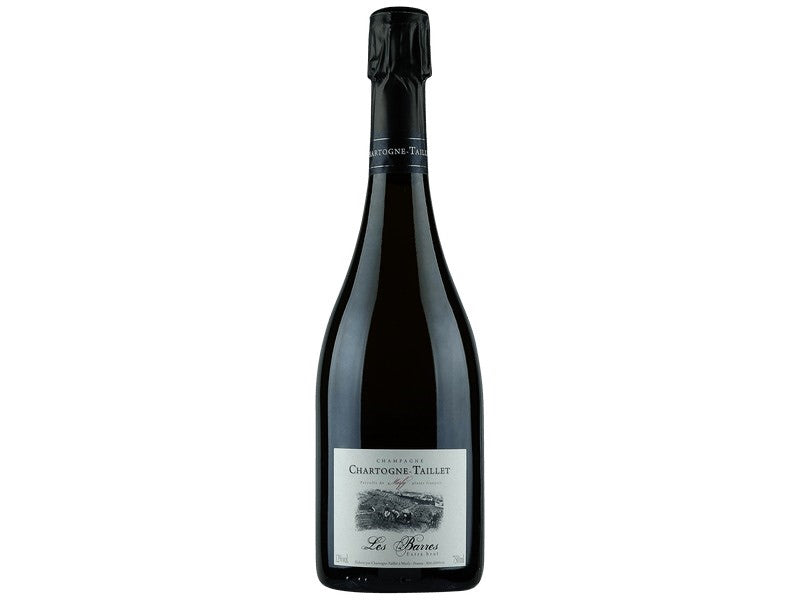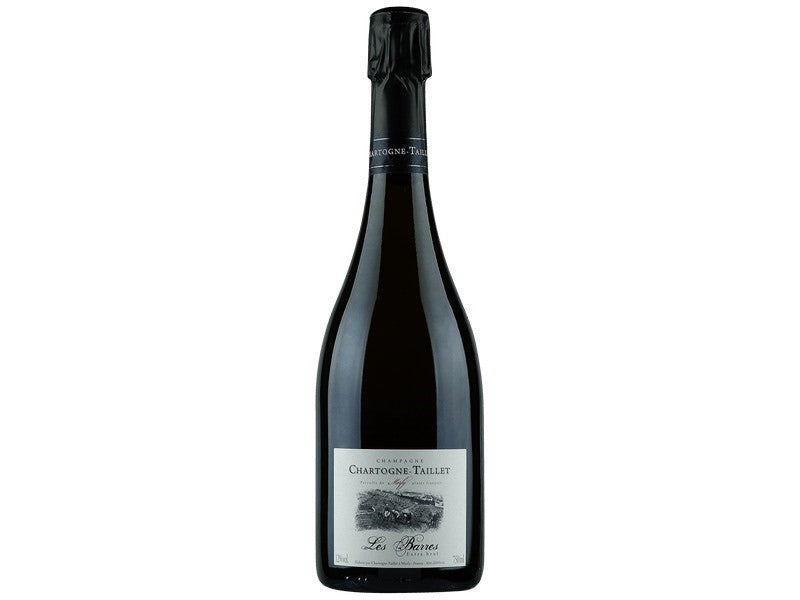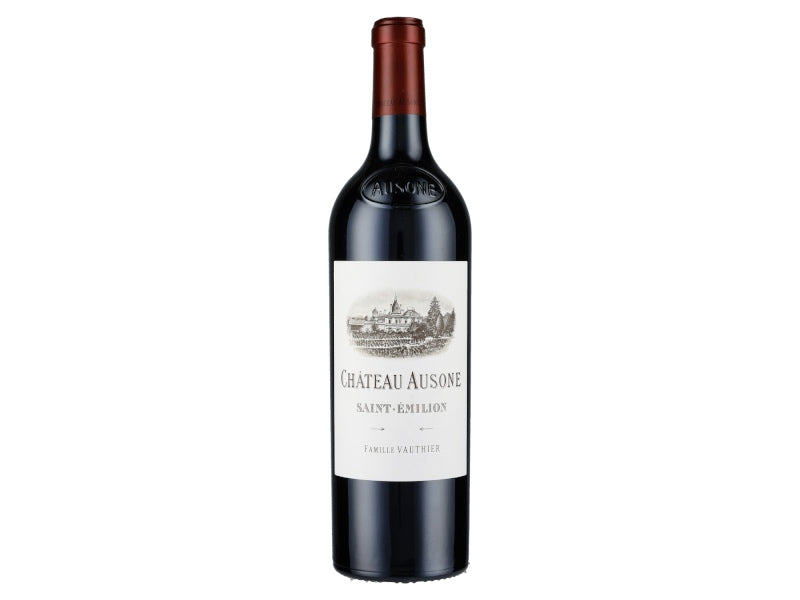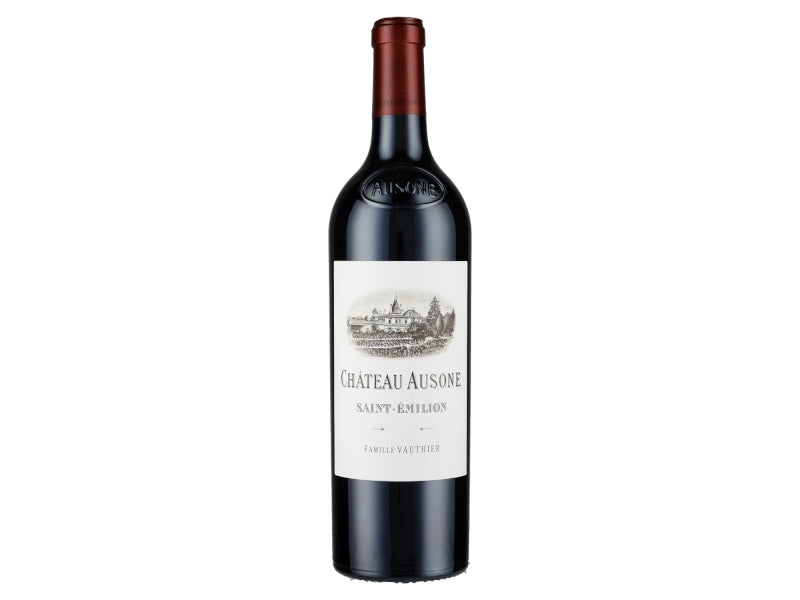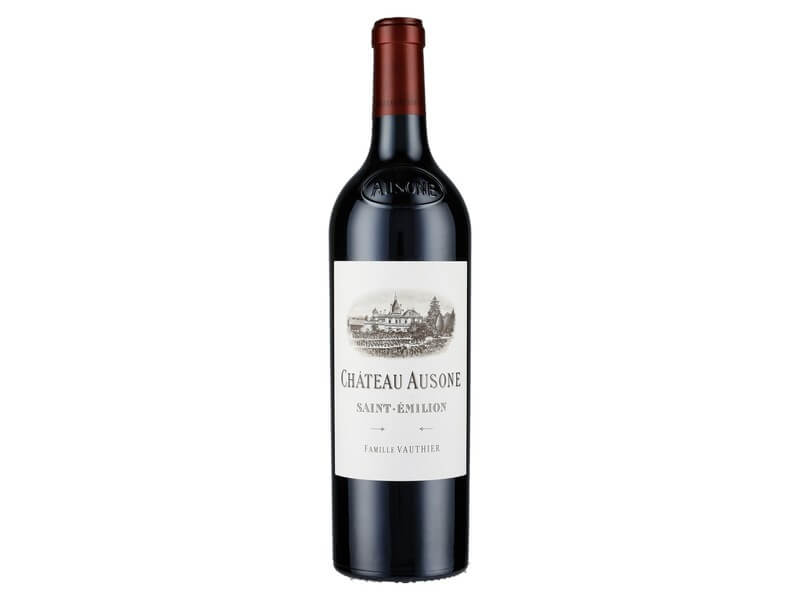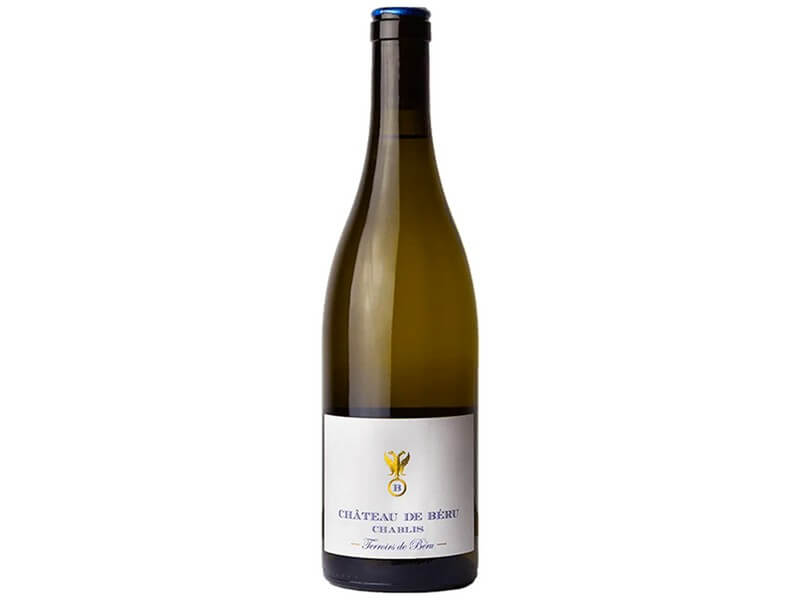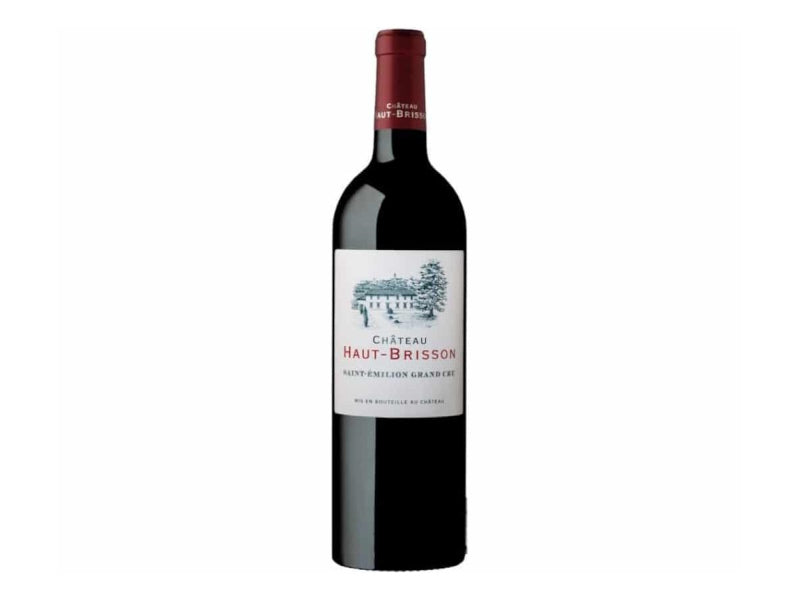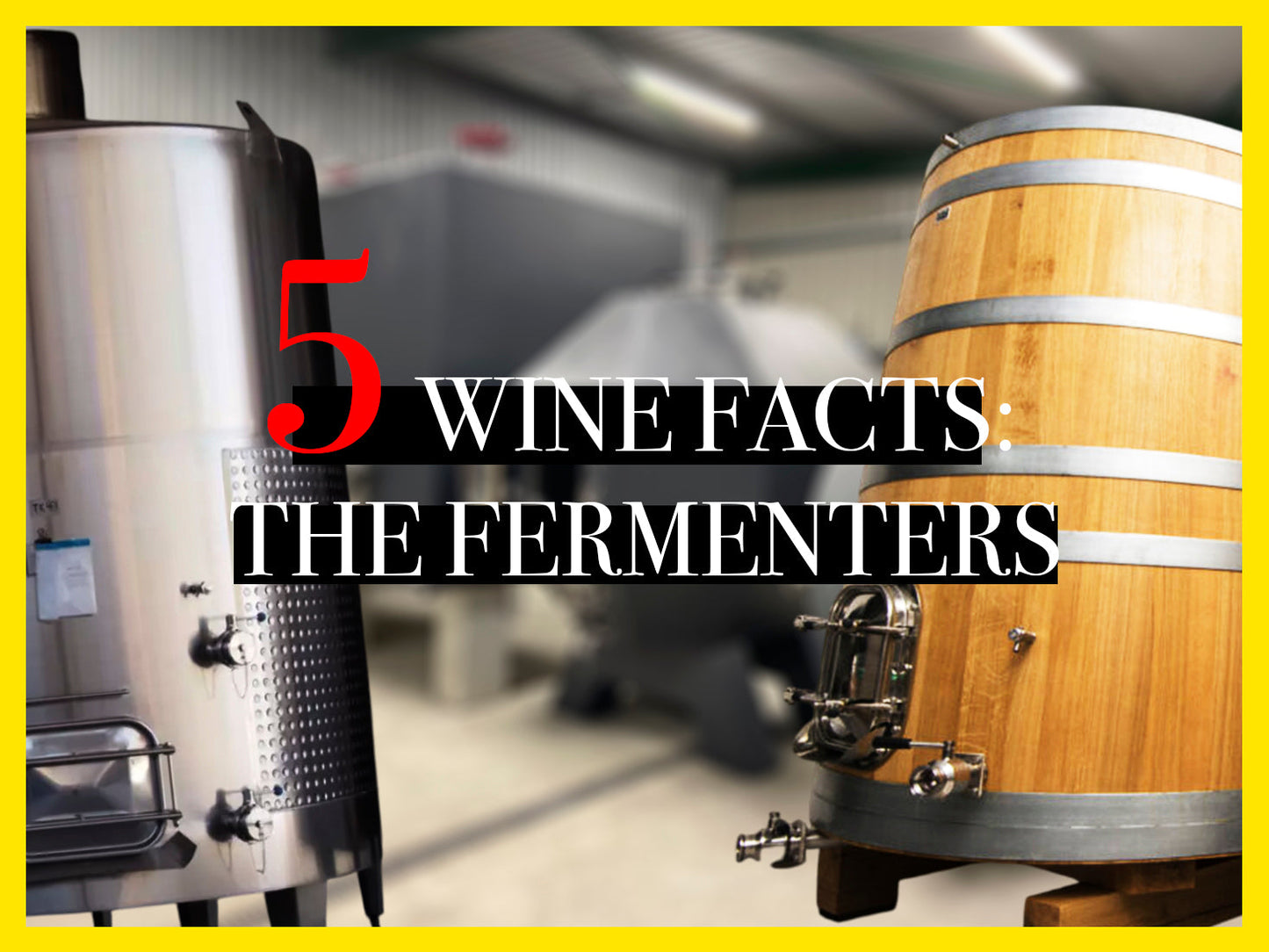
Text by: Symbolicwines.com
From clay to steel, the vessel that houses fermenting wine plays a starring role in shaping its style, texture and flavor. Here are five fascinating facts worth toasting. By choosing oak, steel, concrete, or clay, winemakers guide fermentation not just chemically, but philosophically – shaping eyes, nose, mouth, and meaning.
1. Oak barrels bring micro‑oxygenation and flavor
Fermenting in oak barrels – not just aging – allows controlled oxygen exposure, softening tannins and acids while adding spice, vanilla, or toast character. French oak tends toward subtle clove and spice; American oak leans toward vanilla and coconut. After three to four uses, oak becomes “neutral,” contributing little flavor but still allowing oxidation benefits.
2. Stainless steel is flavor‑neutral, freshness‑faithful
Stainless steel tanks are inert, impart no aromatics, and can be sealed tightly to minimize oxygen contact. Combined with precise temperature control, they preserve bright, fruit‑driven profiles ideal for crisp whites and fresh rosés.
3. Concrete eggs blend neutrality with soft texture
Concrete fermenters – especially egg‑shaped vats – provide slow, stable temperature control and gentle micro‑oxygenation. Their porous nature can impart subtle mineral notes, while their shape encourages convection currents that keep lees in suspension for added texture.
4. Clay amphorae and buried vessels offer elemental terroir
Clay pots and traditional amphorae (like Georgian kvevri or Roman dolia) allow minute oxygen exchange without flavor influence, and often are buried for natural insulation. Winemakers using amphorae often seek purity of expression – terroir first – while embracing ancient craft.
5. Vessel choice is a conscious stylistic tool
The fermenter is more than a container – it’s a design decision. Oak offers warmth and complexity, steel preserves brightness, concrete balances both, and clay offers a minimalist, terroir‑focused canvas. Winemakers match vessel type with grape variety, vineyard site, vintage character, and desired wine personality.

